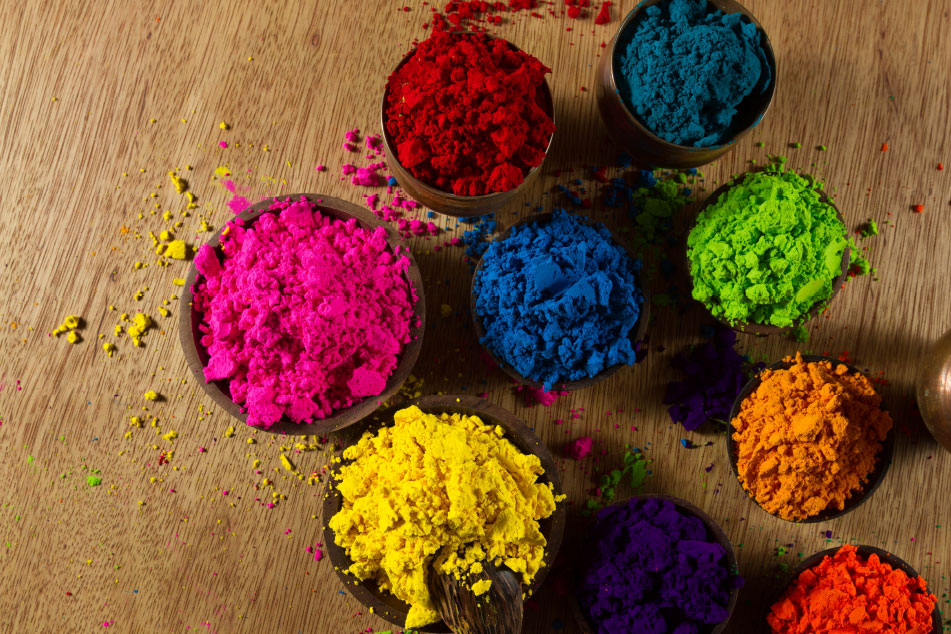When we talk about color pigment, we speak of subtractive synthesis, that is, of pigments that we apply on surfaces to subtract a part of their spectral composition from white light. All things (except transparent media) have molecules called pigments, which have the ability to absorb certain waves of the spectrum and reflect others. These three colors are called primary, and obtaining the rest of the colors by superimposing the first three is called additive synthesis. With this process the secondary colors are obtained: magenta (blue + red), cyan (green + blue) and yellow (green + red).

Concepts:
- Chromatic: the color´s pure in relation the quantity of black.
- Saturation: the pure grade of a tone.
- Intensity: the bright or matte of a tone.
- Luminosity: The quantity of light reflected by a tone.
- Shade: a tone produced by the addition of black.
- Dye: a tone produced by the addition of white.
